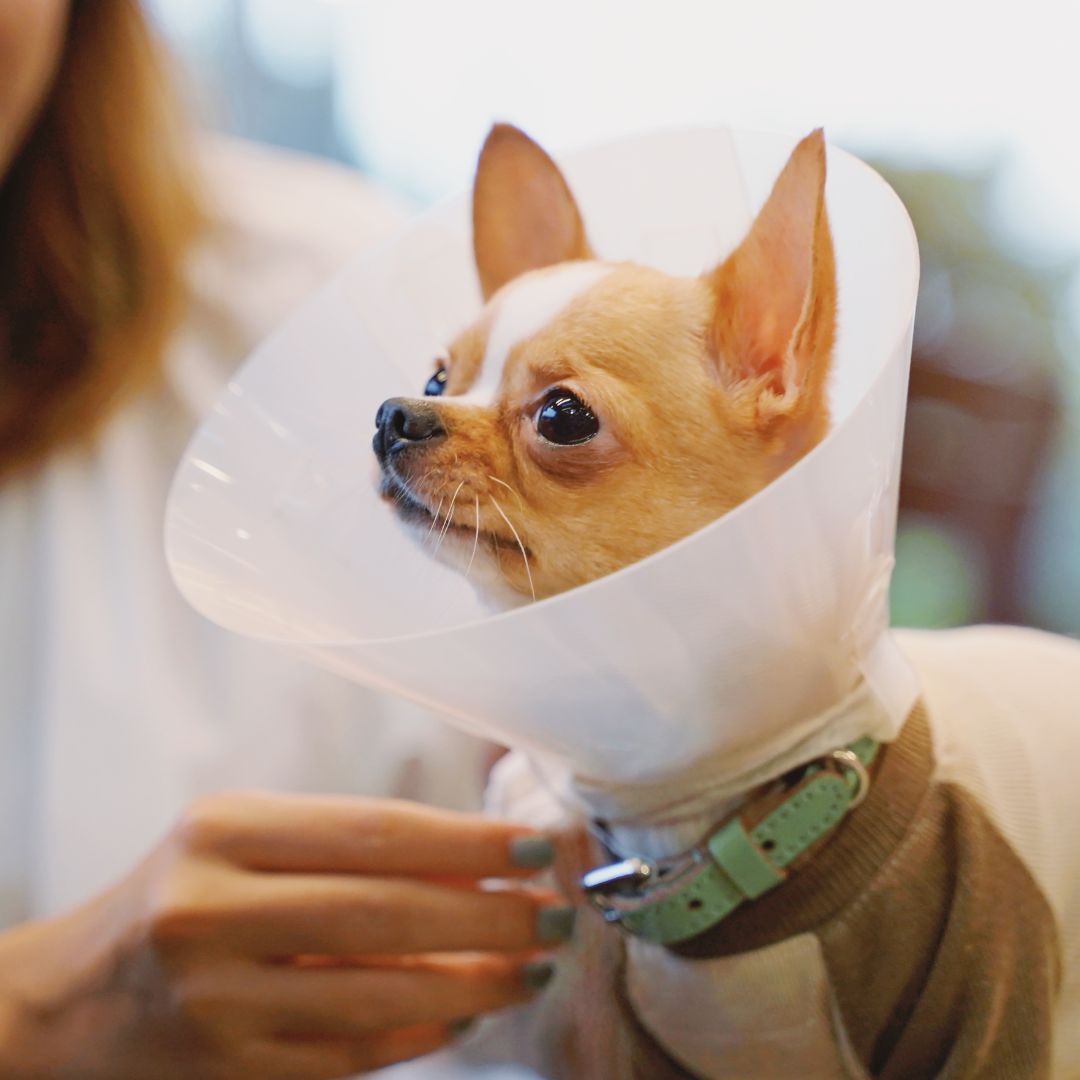Pet Spaying and Neutering
Spaying and neutering is a routine preventative care procedure for most cats and dogs. Our expert veterinary team conducts this operation quickly and effectively to give your companion a lifetime of greater health and safety.

Pet Spaying and Neutering
This procedure has many benefits and low risks compared to the risks of remaining intact. Based on newer data, the recommended time for spay/neuter varies depending on the adult body size of the breed. For example, small to medium breed dogs should be spayed before their first heat cycle. Large to giant breeds dogs should be spayed OR neutered AFTER their skeletons have stopped growing completely – typically around 18 months of age.
Spaying and neutering is a smart preventative care decision that will have lifelong benefits to the health and happiness of your pet. Modern advances in veterinary medicine have made spay and neuter surgery generally safe procedures with short anesthetic and recovery time and little pain to manage. There are many reasons besides pregnancy prevention to spay and neuter your pet, and many have to do with the quality of life and happiness for your pet and your whole family!
If you would like to discuss the scientific data behind the changes in timing recommendations in more detail with one of our veterinarians, please contact us to schedule a consultation appointment.
Key Benefits
- Reduction or elimination of roaming to find a mate, resulting in reduced risk of contagious diseases and roaming-related injuries (like being struck by a car) for both dogs and cats
- Reduced chances of fierce catfights in male cats, many of which can be fatal and transmit serious blood-borne diseases
- Drastic reduction of the risk of prostate enlargement and prostate cancer in males
- Elimination of the risk of testicular cancer in males
- Reduction or elimination of behavioral issues that are largely influenced by hormones, such as aggression and inappropriate urinary “marking”
- Elimination of the risk of uterine and ovarian cancer in females
- Drastic reduction of the risk of malignant mammary tumors in females
- Elimination of the risk of the costly and often fatal Pyometra, or bacterial uterine infection in females
- Prevention of pregnancy-induced eclampsia (a calcium deficit that causes seizures and death) and other sometimes fatal, costly complications of labor and delivery in pregnant females
There are also many practical economic benefits to these preventative procedures. The cost of spay or neuter surgery ranges based on the size of the pet and the practice performing the surgery. Typically the cost is small compared to the cost of treatment for pyometra, prostate disease or cancers of the reproductive tract. Treatment of pyometra is typically more than $3000 and even then, survival is not guaranteed. The prognosis is most often guarded by the time reproductive cancers and uterine infections are diagnosed for multiple reasons and many of the outward signs are vague and nonspecific. Cats are prey animals with a biological urge to hide injury and illness to avoid attracting the attention of predators.
It’s never too late to spay or neuter, and most healthy older pets do very well. As they say, an ounce of prevention is worth a pound of cure!
